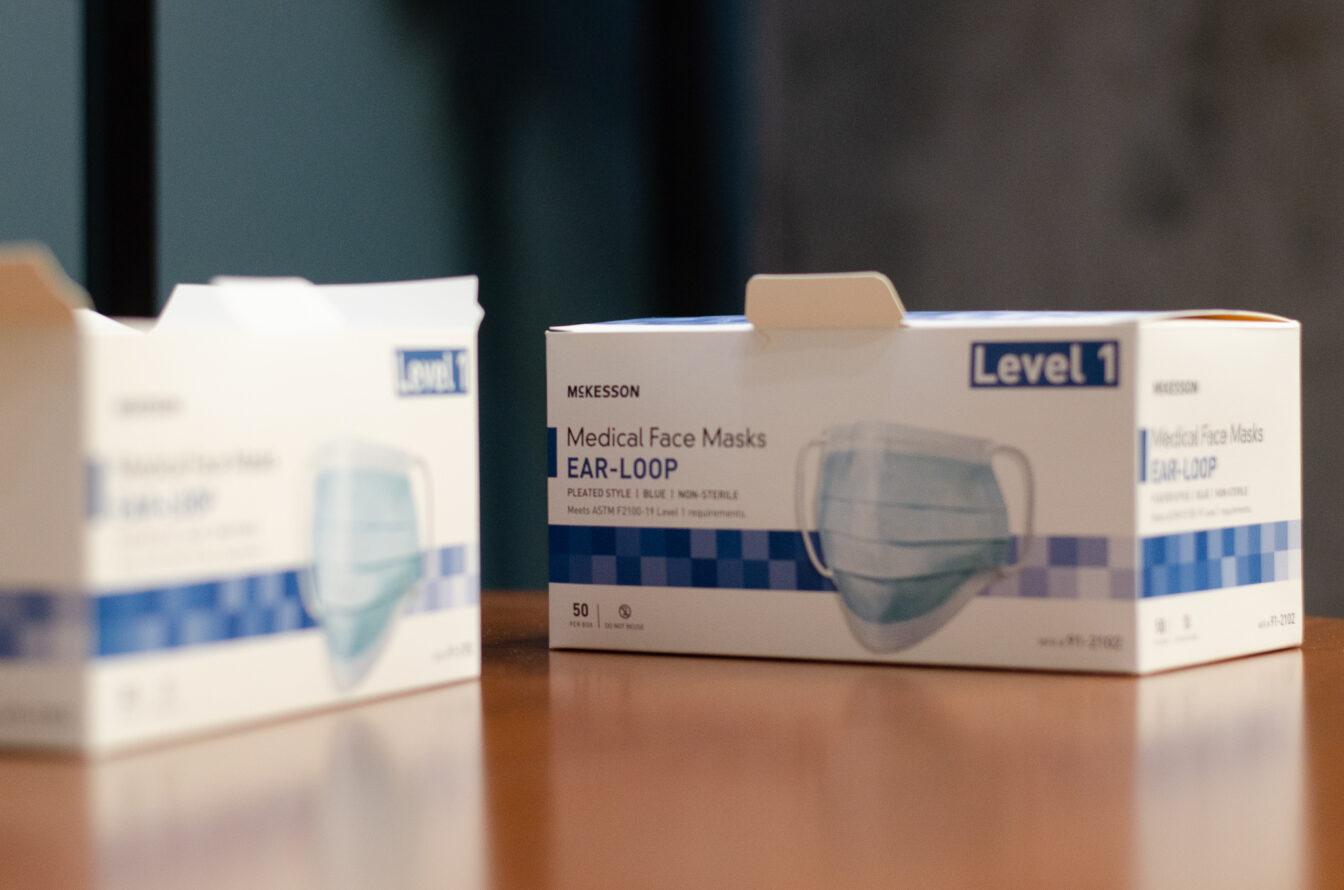Researchers at University of Wisconsin have reported findings that show the brain may be more malleable than previously understood, bringing small promise for those suffering from Huntington’s disease.
Building on ongoing research of the past five years, Su-Chun Zhang, UW professor of neurology and anatomy, and his team of researchers from the Molecular and Genetic Sciences Group at the Waisman Center have been investigating the degenerative neuronal cells tied with the disease.
Zhang said characteristics of the disease include deteriorating muscle coordination and declines in cognitive ability.
He said the research published this week in the journal Cell Stem Cell included converting human embryonic cells into GABA neurons, a kind of brain cell that is chiefly responsible for the incapacitating nature of the disorder.
After successful conversion of the stem cells into GABA neurons, Zhang and his research team tested the neurons on mice that were afflicted with a condition similar to Huntington’s.
“Stem cells are a great alternative, particularly since there is no treatment at all [for Huntington’s disease], which is why we took this venture,” Zhang said.
Huntington’s disease often presents itself in mid-adulthood, when neurons in a part of the brain begin to degrade and control over physical movements and cognitive flexibility begin to decline, Zhang said.
To the amazement of the researchers, Zhang said, not only did the cells successfully integrate into the mouse brain, but they also extended to distant regions of the brain that made it possible to reconstruct the faulty communication network and reinstate motor function.
He said it is crucial that when stem cells were implanted for the project, they integrated so well into the brain’s circuitry that GABA neurons were able to extend from the basal ganglia of the brain to a region called the substantial nigra.
“Only if this loop is reconstructed can function be reinstated,” he said.
Researchers in the neuroscience field have tried unsuccessfully for decades to get mature neurons in the affected brain regions to “re-glue” themselves, but the nerves have failed to project relatively long distances in the brain, which is the key issue, according to Zhang.
Last year, Zhang met with more than a dozen patients with Huntington’s. He said milder patients displayed rapid eye blinking, wobbling and shaking their legs, while more severe patients exhibited an uncontrollable dance-like movement, writhing and occasionally repetitive motions like banging one’s head on a wall. The symptoms are often harsher than another prevalent neurodegenerative disorder, Parkinson’s disease, according to Zhang.
According to a UW statement, this cutting-edge research may provide evidence that the adult human brain may be substantially more malleable than previously believed.
Relative to the human brain, the mouse brain is significantly smaller and thus further research is necessary before cell therapy may be used as a treatment for Huntington’s disease, according to the statement.
Zhang said the next step in his team’s research will be to work with non-human primates and evaluate the effectiveness of using stem cells to reconstruct the brain circuits crucial to motor function.
He said they also will look to understand the mysterious reason that causes a mutation in the Huntington’s disease-causing gene in the first place.













